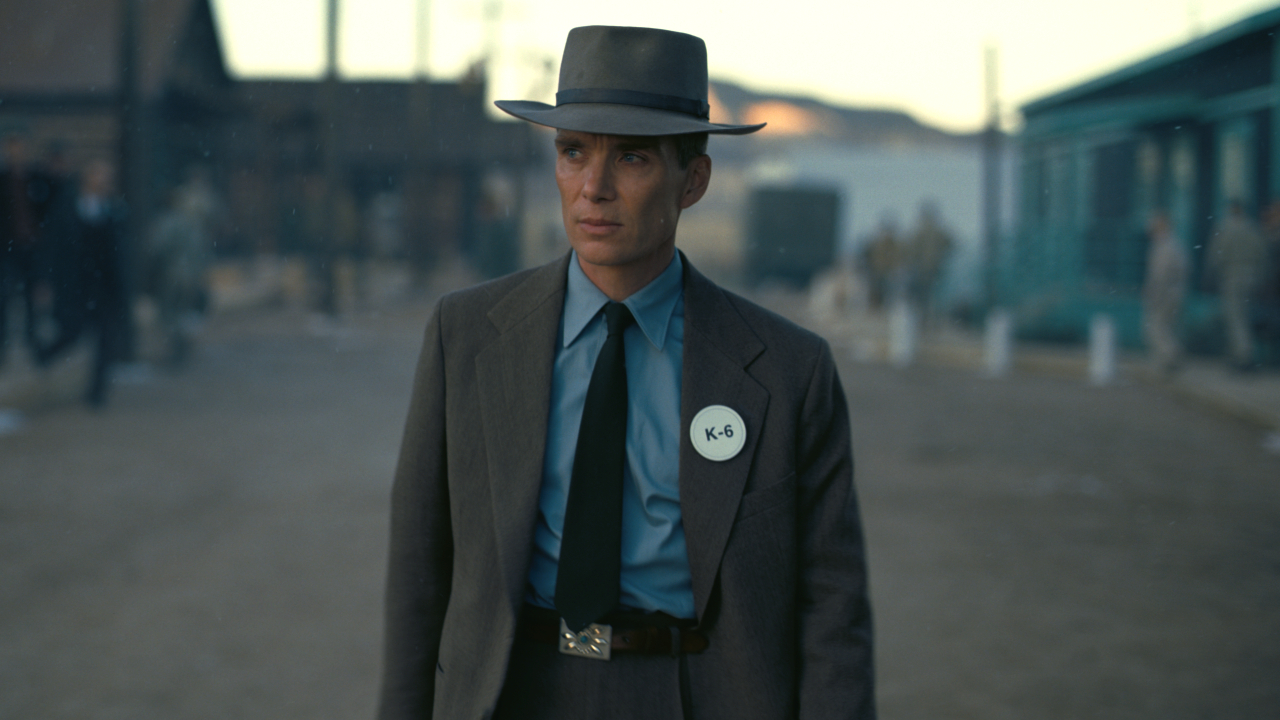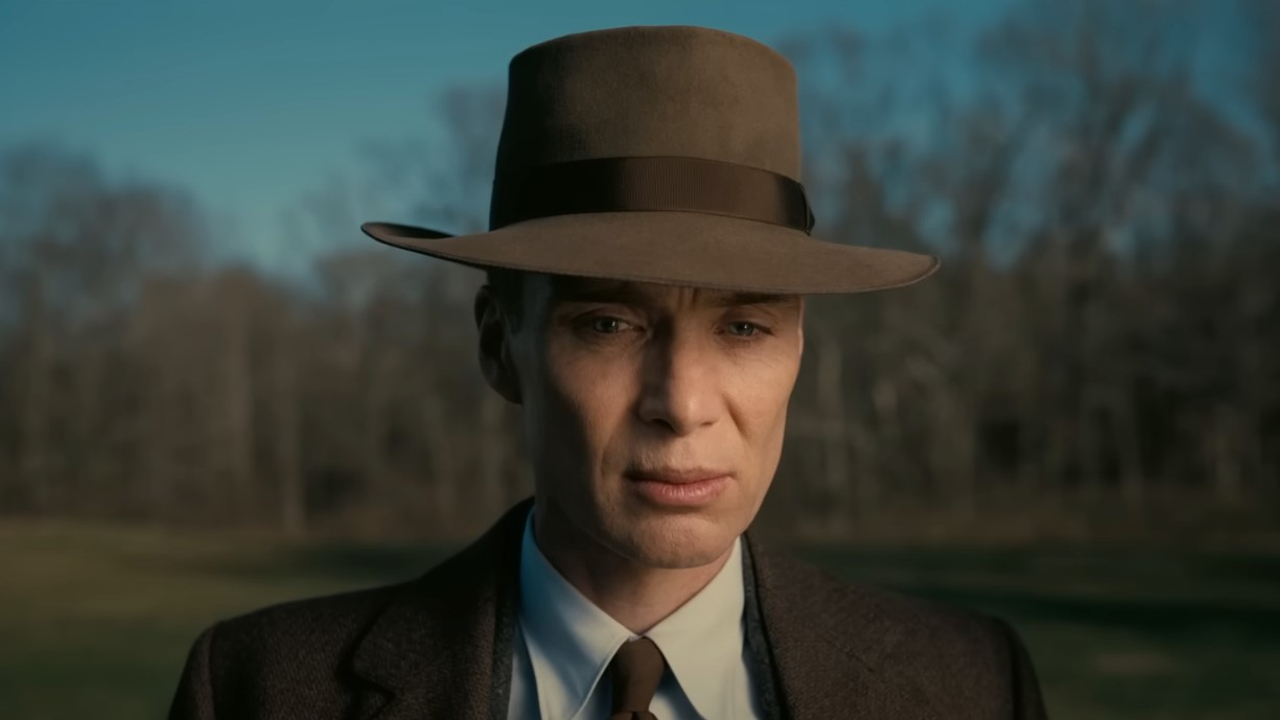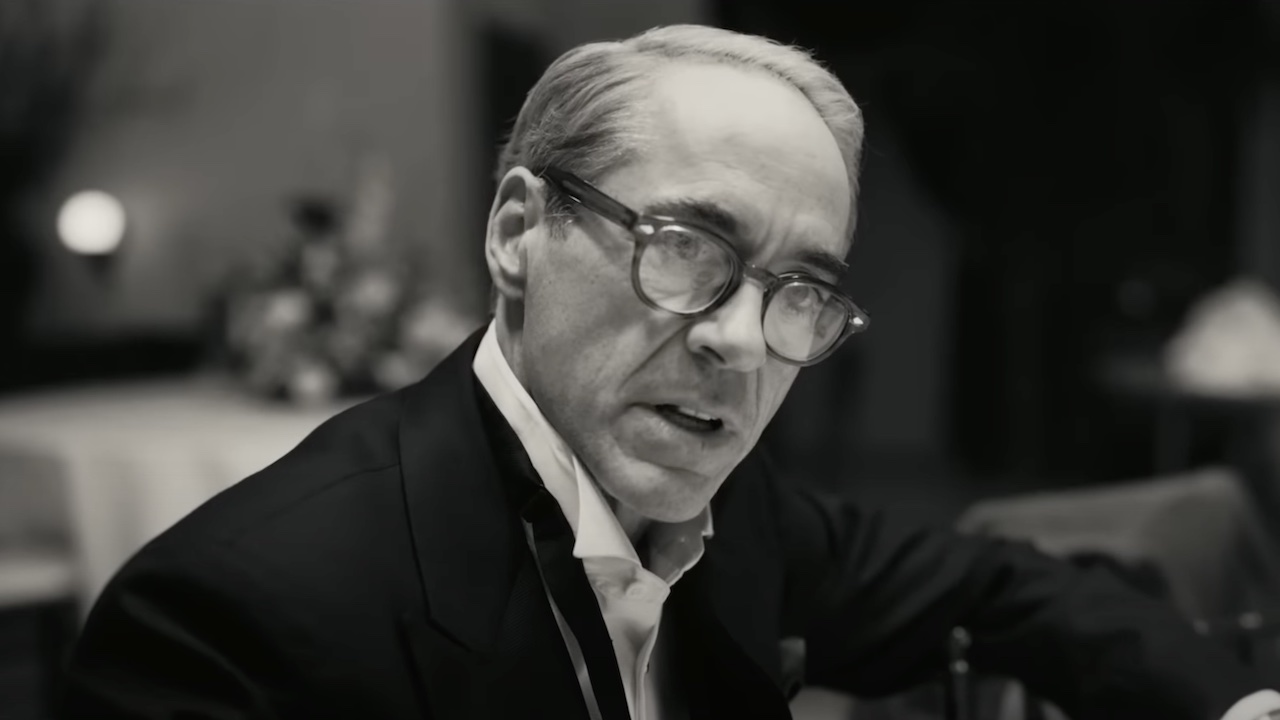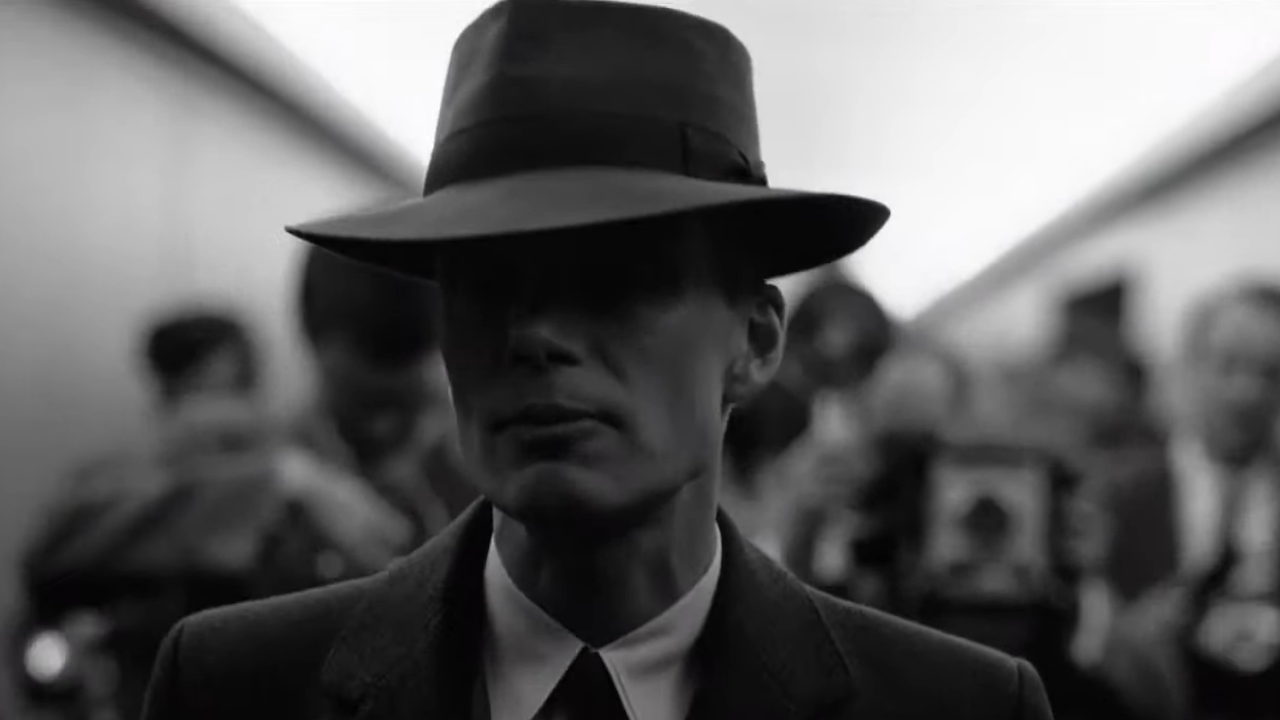
Warning: spoilers for Oppenheimer are in play. Consider this your official warning, if you haven’t experienced Christopher Nolan’s latest.
Looking past the jokes, memes, and pop culture mandated double features that have spawned from Christopher Nolan’s new film Oppenheimer, there’s an epically brilliant movie waiting for you. The multifaceted director, known for both blockbusters and prestige dramas, has somehow fused those two modes together into a finished project that doesn’t cheapen the true story it’s trying to depict.
Perhaps the most impressive moment that shows this exercise at work is in the harrowing ending, which closes out this Nolan film with a smartly horrifying conclusion. It’s at this point that I must warn you all that we’re going to dig deeper into spoilers, as Oppenheimer weaves its spell throughout the entire story at hand to stick the landing it commits to early on. So if you’re still with me, let’s dig into how the story of the American Prometheus ends, and why it’s so clever.

How Oppenheimer Ends
Throughout Oppenheimer, a seemingly innocuous moment becomes a gigantic sticking point: a meeting between J. Robert Oppenheimer (Cillian Murphy) and his friend, Albert Einstein (Tom Conti). When we first see this encounter, it’s from the eyes of Admiral Lewis Strauss (Robert Downey Jr.), as he’s trying to entice the father of the atomic age to take a post at Princeton University.
What begins as a simple meeting turns into a narrative pivot point, thanks to the unique story structure of Oppenheimer. It’s first shown through Strauss’ point of view, as he reflects on his own connection to the titular physicist. In this iteration, Einstein seems to storm away from Oppenheimer, paying no attention to Strauss as he leaves. This leaves the member of the Atomic Committee obsessed with this moment, wanting to know what was said in the conversation.
The ending of Oppenheimer clears up what actually happened, through the physicist’s perspective. As it turns out, the man lovingly nicknamed “Oppie” confesses that he thinks he’s ended the world, all thanks to his work on inventing the atomic bomb. Using a recurring theme of ripples in a pond, we’re shown nightmarish visions of nuclear armageddon, with one of those final shots being the world burning as a result of J. Robert Oppenheimer’s creation.
All of a sudden, those reactions comparing Oppenheimer to a horror movie seem to make a lot of sense. Oppenheimer's nightmare is one that still plagues us to this day, and it's highlighted greatly by Christopher Nolan's method of telling that very story.

The Difference Between Oppenheimer's ‘Fission’ And ‘Fusion’ Storylines
A very important distinction to keep in mind while examining Oppenheimer’s story is something that’s been marketed since day one: Christopher Nolan’s usage of color photography versus black and white. That difference cuts deeper than one would have originally thought, all thanks to Nolan’s viewpoint on the stories he’s telling.
The film’s history lesson is divided into two halves and film stocks. “Fission” is told in color, and focuses on Oppenheimer’s life and times. “Fusion” is black and white, and centers around Admiral Lewis Strauss’ (Robert Downey Jr.) confirmation hearings/dealings with Oppenheimer. That fateful Princeton conversation is shown in both timelines, but with key differences in either telling.
The overlap between these two stories is important, as certain scenes shown in “Fusion” are retold in “Fission,” with different framing and additional details. Nolan himself has noted in an interview with AP the following differences:
I knew that I had two timelines that we were running in the film. One is in color, and that’s Oppenheimer’s subjective experience. That’s the bulk of the film. Then the other is a black and white timeline. It’s a more objective view of his story from a different character’s point of view.
By that rationale, “Fission” is Robert Oppenheimer’s life through his eyes, shown in living color as the man himself lives those moments and/or reflects on them. Meanwhile, Lewis Strauss’ confirmation hearing plot line in “Fusion” shows the man recalling some of those same events from his viewpoint, as he’s embroiled in his confirmation hearing to become Secretary of Commerce.

Why Oppenheimer’s Ending Is So Brilliant
One would think that in a more conventional version of Oppenheimer, the story would have ended in the “objective” view that was presented in the “Fusion” section of the picture. With a vaguely dour epilogue about Oppenheimer’s future, that version would more than likely conclude shortly after the Trinity Test. Using title cards to talk about J. Robert Oppenheimer’s legacy, it’d be an open ended but downbeat ending; and I’m glad that Christopher Nolan structured his film to avoid such a conventional conclusion.
By structuring this biopic into a twin stream of political paranoia and intellectual horror, both halves seemingly race each other towards “the truth” at the end. Each story has its own viewpoint competing to come out on top; and by the time we see Lewis Strauss’ heel turn, it feels like more of a twist than a textbook chapter. The stakes seem higher once Strauss’ master plan to discredit Oppenheimer is laid out step by step, infusing the rest of the project with an energy that helps make three hours worth of movie fly by.
More importantly, when we relive the conversation that obsessed the Admiral in the finale, Oppenheimer lands a chilling conclusion that’s atypical of historical epics. We’re shown more of the repercussions that followed J. Robert Oppenheimer, past his canonization as the “American Prometheus,” and the horrifying visions we saw through his subjective story come together in full view.
Ending on his apocalyptic fears is an unnerving choice that allows the overall message to stick with the audience, and it works better than what the conventional version might have done. What's more, it gives the "Fission" story the upper hand, as that's the viewpoint that gets the final say as "the truth" of Oppenheimer's ending.

How Those Final Oppenheimer Moments Highlight The Movie's Unique Structure
Rather than merely trying to show a life, from soup to nuts, Oppenheimer avoids merely telling its subject’s life story. The film also rejects attempting to just focus on the atomic bomb’s creation, and instead uses both lenses to create a greater story. Just as fission and fusion move differently when it comes to a nuclear reaction, these two timelines take the same source material and approach it through different tellings.
Through clever presentation, and artistic choices, Christopher Nolan tells the story of the man and his creation, but makes his point very clear: sometimes making history comes at a cost, and the figures we lionize in history don’t always walk away proud and satisfied. In the case of J. Robert Oppenheimer, he walks away with the fear that he’s ended the world with his creation, thanks to the politicians who seized control and sought to discredit him.
The point wasn’t to tell the entire life story of Robert Oppenheimer. The point was to focus on his life during and after the creation of the atomic bomb, which eventually became fuel for the machinations of the figures who wanted him to step out of the way of the nuclear proliferation they considered progress. It’s a chilling message that still applies to our modern geopolitical fears.
As I noted in my Oppenheimer review, Christopher Nolan turned a very conventional pitch into an unconventional masterpiece. If you’ve read through this rundown and still haven’t seen the film, or if you’re like me and actually want to see Oppenheimer multiple times, you can do just that. Showing at a theater near you, and potentially in the Nolan-preferred IMAX 70mm format, this tale of historical terror is required viewing for students of history, as well as prime filmmaking.







